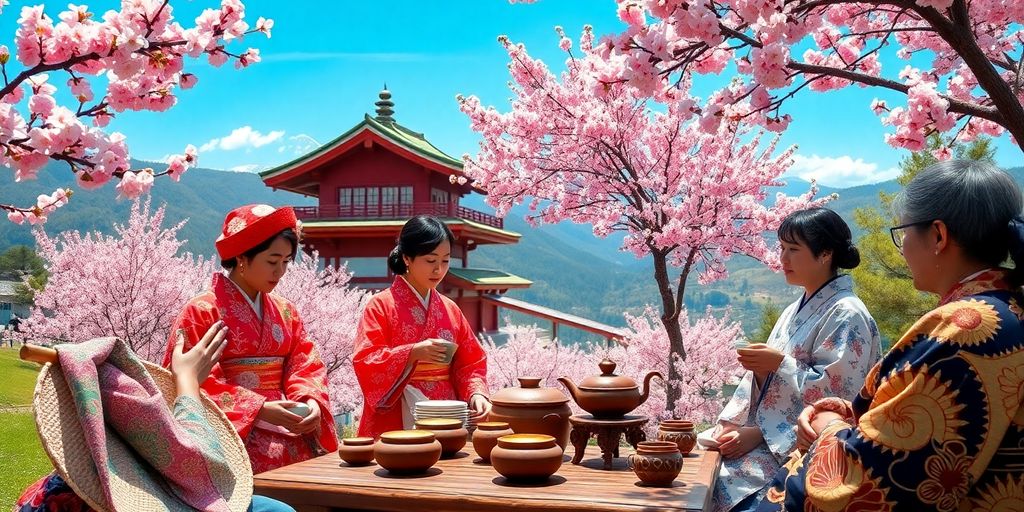In a surprising cultural shift, Kosovo is increasingly adopting elements of Japanese culture, from cuisine to art. This transformation reflects a growing interest in Japan’s rich traditions and modern innovations, creating a unique blend that resonates with the local population.
Key Takeaways
- Kosovo is integrating Japanese cultural elements into its society.
- The trend includes Japanese cuisine, art, and lifestyle practices.
- Local businesses are adapting to meet the demand for Japanese products and experiences.
The Rise of Japanese Cuisine in Kosovo
The culinary scene in Kosovo has seen a notable influx of Japanese restaurants and food trucks. Sushi bars are popping up in major cities, offering fresh sushi and sashimi, while ramen shops are becoming popular hangouts for locals.
- Popular Dishes:
- Sushi Rolls
- Ramen
- Tempura
This culinary trend is not just about food; it represents a broader appreciation for Japanese culture. Cooking classes featuring Japanese techniques are also gaining traction, allowing Kosovars to learn the art of sushi-making and other traditional dishes.
Cultural Events Celebrating Japan
In addition to food, Kosovo is hosting various cultural events that celebrate Japanese traditions. Festivals featuring traditional Japanese music, dance, and art exhibitions are becoming common, attracting both locals and tourists.
- Notable Events:
- Japanese Film Festivals
- Traditional Tea Ceremonies
- Art Exhibitions Featuring Japanese Artists
These events provide a platform for cultural exchange, fostering a deeper understanding and appreciation of Japan’s heritage among Kosovars.
The Impact on Local Businesses
As interest in Japanese culture grows, local businesses are adapting to meet the demand. From grocery stores stocking Japanese ingredients to boutiques selling traditional crafts, the influence of Japan is evident in various sectors.
- Business Adaptations:
- Grocery Stores: Increased stock of Japanese products
- Restaurants: Introduction of Japanese-themed menus
- Art Galleries: Showcasing Japanese-inspired artwork
This shift not only benefits local entrepreneurs but also enhances the cultural landscape of Kosovo, making it a more diverse and vibrant place.
A Unique Blend of Cultures
The integration of Japanese culture into Kosovo is a fascinating example of globalization and cultural exchange. As Kosovars embrace these new influences, they are also finding ways to blend them with their own traditions, creating a unique cultural tapestry.
- Cultural Fusion Examples:
- Japanese-Kosovar fusion cuisine
- Collaborative art projects between local and Japanese artists
This cultural fusion enriches the identity of Kosovo, making it a dynamic and evolving society that values diversity and innovation.
Conclusion
As Kosovo continues to embrace Japanese culture, it sets an example of how societies can adapt and grow through cultural exchange. This transformation not only enhances the local community but also fosters international connections, paving the way for a more interconnected world.






